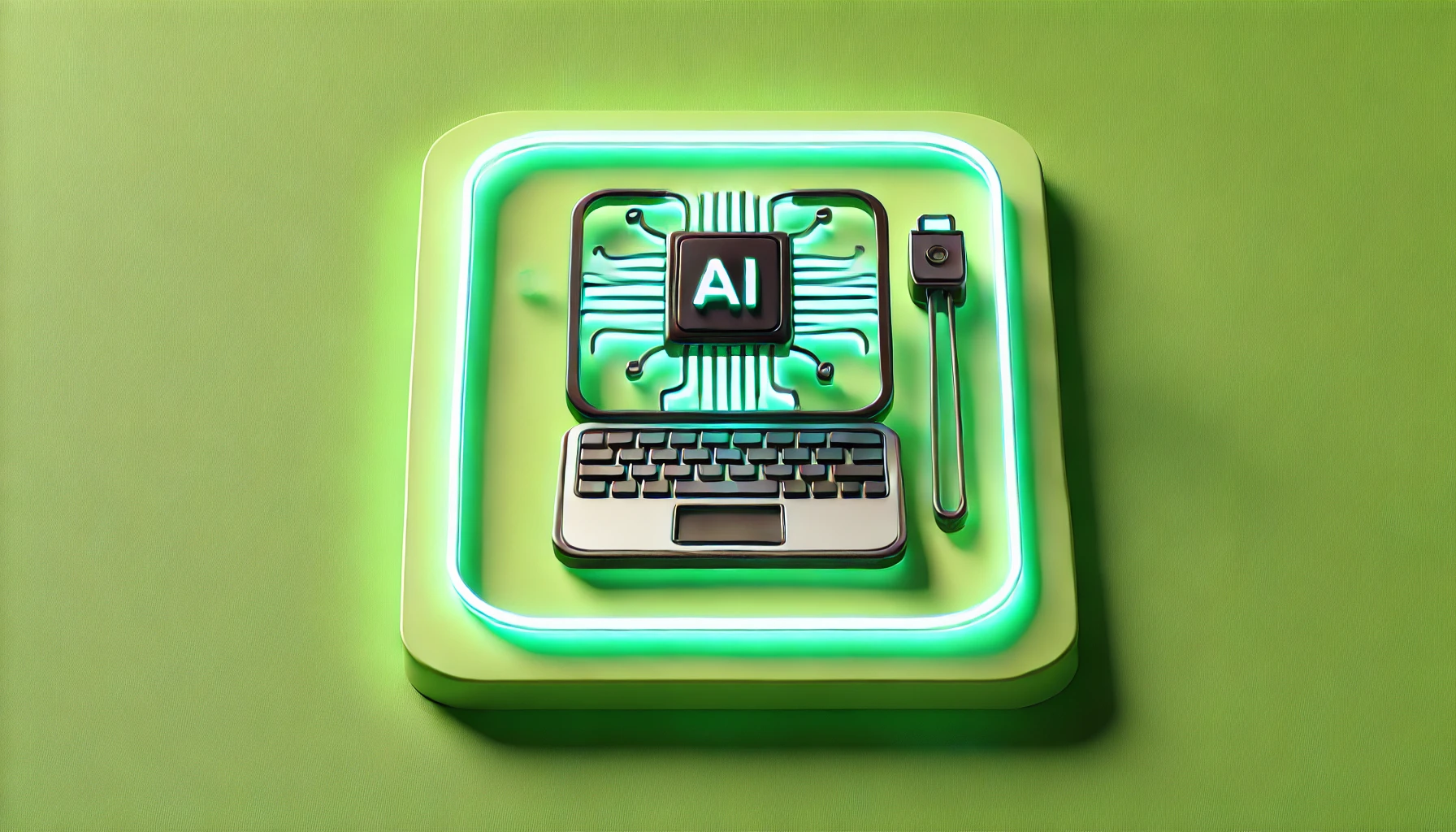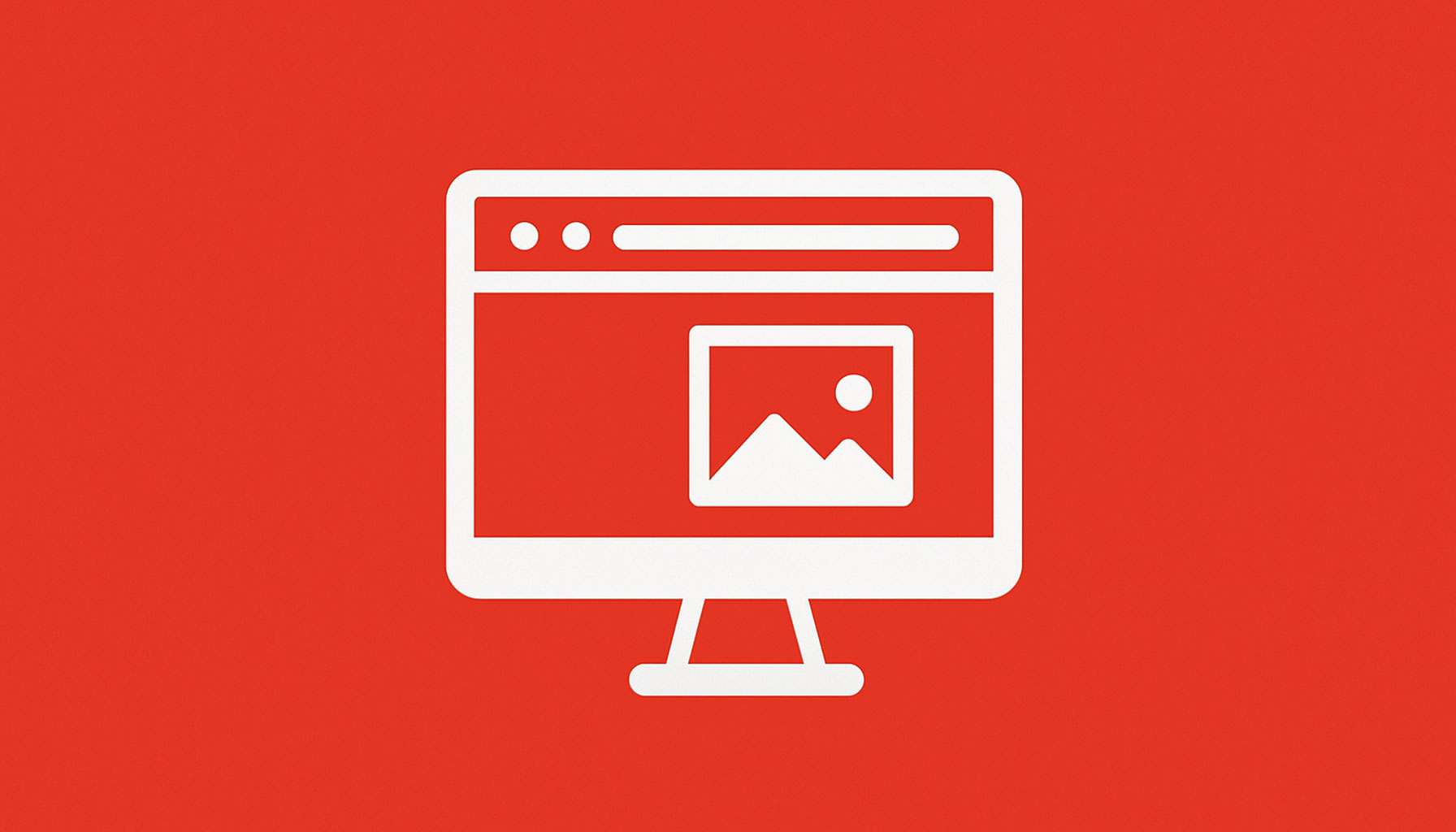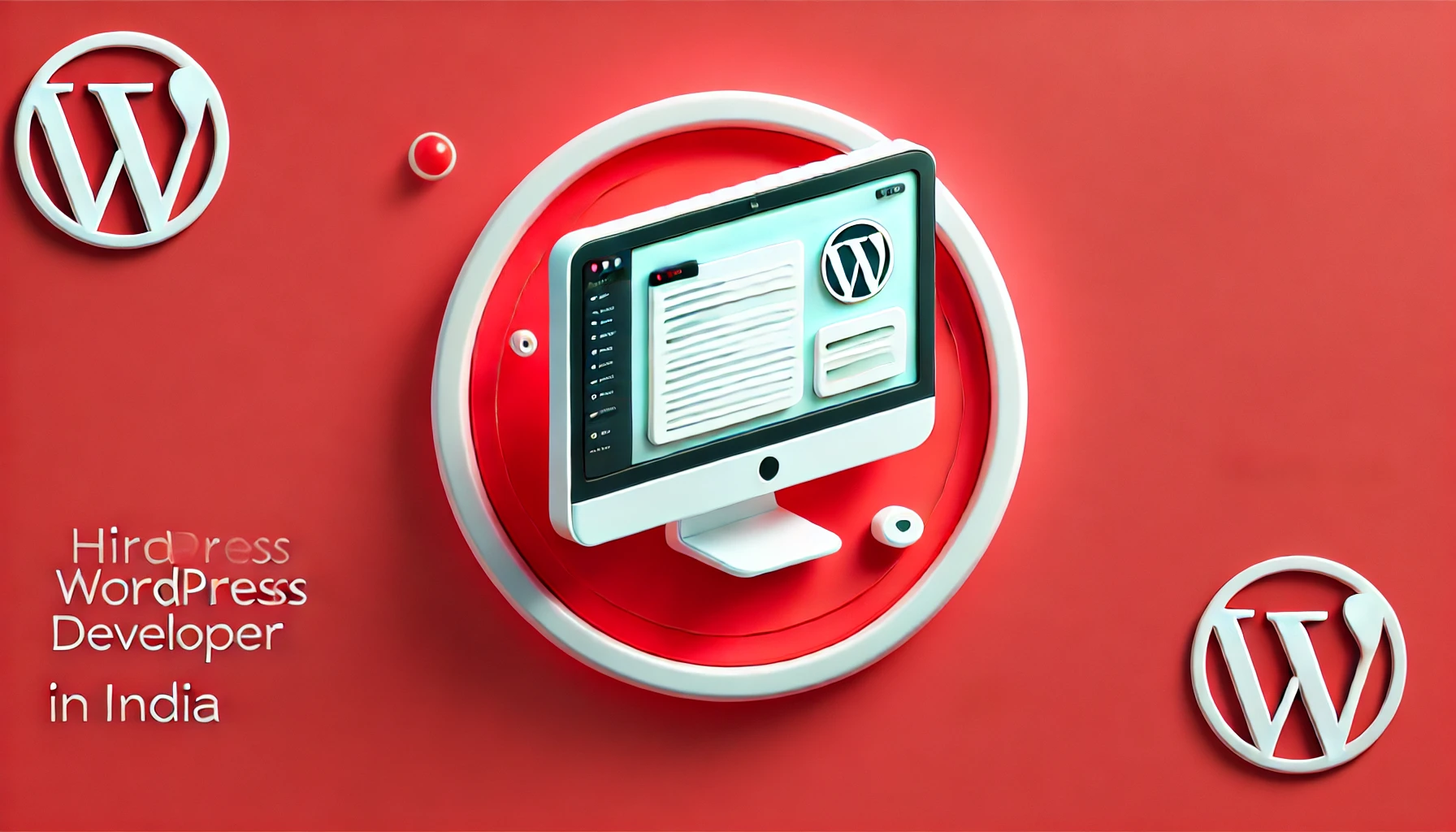1. Introduction: The Need for Scalability in a Rapidly Evolving Digital World
Think back to the early days of web design—when a simple, static HTML page was all you needed to make a website. Fast forward to today, and we’re living in a digital ecosystem that demands dynamic, scalable, and high-performing websites that can adapt to an ever-growing audience. Whether it’s a startup launching a new product or an enterprise-level business handling millions of users daily, scalability is no longer optional—it’s a necessity.
As we step into 2025, the question isn’t just about building aesthetically pleasing websites but about ensuring they can handle growth, adapt to technological advancements, and offer seamless user experiences across all devices. With AI, automation, headless CMS, and performance-driven web frameworks shaping the industry, the future of scalable web design looks more exciting than ever.
In this article, we’ll explore the trends driving scalable web design in 2025, how businesses can future-proof their websites, and what the industry might look like in the years ahead.
2. The Evolution of Scalable Web Design: How Did We Get Here?
Scalability in web design didn’t just appear out of thin air—it’s been a journey. A long, winding road paved with innovation, trial and error, and a growing need to create websites that could handle more users, more content, and more devices. Today, scalability is a must-have, but that wasn’t always the case. Let’s rewind a bit.
The Early Days: Static, Simple, and Small-Scale
Remember the early 2000s? Websites were, for lack of a better word, basic. A few pages, some text, maybe a few images if you were feeling fancy. Websites were designed with fixed layouts, meaning they looked the same no matter what device you used—because, well, there weren’t that many different screen sizes back then.
Businesses weren’t concerned about scalability because websites were more like digital brochures than interactive experiences. The goal was simple: get information online and let people know your business existed. No one was thinking about real-time updates, handling thousands of concurrent visitors, or how a website would function on different screen sizes.
The CMS Revolution: Websites Get Easier, But Not Always Smarter
Then came the era of content management systems (CMS)—platforms like WordPress, Joomla, and Drupal. These changed the game by allowing businesses and individuals to create and manage content without needing to know how to code. Suddenly, websites were more dynamic, and updating content became a whole lot easier.
But there was a catch. Scalability was still a nightmare. Websites built on these platforms were often dependent on plugins, which could be unreliable, slow, and, in some cases, downright dangerous if not maintained properly. Expanding a website’s functionality required stacking multiple plugins on top of each other, leading to bloated code, slower load times, and security vulnerabilities. Worse, when traffic surged, websites would crash under pressure because the infrastructure wasn’t designed to handle growth efficiently.
The Mobile Revolution: A Wake-Up Call for Scalability
Just when we thought we had web design figured out, smartphones took over the world. By the early 2010s, mobile browsing started to outpace desktop usage, and businesses faced a major challenge—their beautifully designed websites looked terrible on small screens.
This led to the rise of responsive web design (RWD)—a game-changing approach that allowed websites to adapt to different screen sizes automatically. This was a huge leap forward, but scalability was still a struggle. Mobile users expected fast, seamless experiences, and many businesses weren’t equipped to meet those expectations.
Suddenly, scalability wasn’t just about handling more traffic—it was about adapting to multiple screen sizes, devices, and user behaviors.
Where We Are Now: The Era of AI, Cloud, and Automation
Fast forward to 2025, and web design has evolved dramatically. Scalability now means:
- Handling millions of users without performance issues
- Delivering ultra-fast load times across all devices
- Providing AI-driven, personalized experiences
- Using cloud-based infrastructure for limitless growth
- Automating updates, security, and optimizations
With AI-powered tools, no-code/low-code platforms, edge computing, and headless CMS solutions, websites are now designed to grow effortlessly. Businesses that fail to adopt scalable design principles risk slow websites, poor user retention, and lost revenue—because in today’s digital world, users expect instant, seamless experiences.
So, where do we go from here? Let’s explore the top trends shaping scalable web design in 2025.
3. Key Trends in Scalable Web Design for 2025
a) AI-Driven Design Automation: The Rise of Smart Websites
Artificial Intelligence (AI) is no longer the future—it’s the present, and it’s revolutionizing web design in ways we never imagined. A few years ago, designing a website meant spending weeks (or even months) fine-tuning layouts, adjusting elements, and ensuring everything looked perfect across different devices. Today, AI is doing all of that in a fraction of the time.
Platforms like Wix ADI, Framer AI, and Webflow AI are making website creation smarter, faster, and more efficient. But here’s the real game-changer—AI isn’t just automating design; it’s making websites think.
AI-Powered Websites: More Than Just Templates
Think about it: What if your website could redesign itself based on how users interact with it? Sounds futuristic, right? Well, it’s happening. AI can now analyze user behavior in real time and automatically adjust layouts, colors, and even content to enhance engagement.
For example:
- If a visitor struggles to find a call-to-action (CTA) button, AI can reposition it to make it more visible.
- If an e-commerce shopper hovers over a product category but doesn’t click, AI can display related products dynamically.
- If a user repeatedly visits a specific section, AI can bring that section forward to improve accessibility.
This level of adaptability makes scalability effortless. Instead of manually tweaking your website every time user behavior shifts, trends change, or traffic spikes, AI handles it for you.
Hyper-Personalized User Experiences
Personalization isn’t new, but AI is taking it to a whole new level. Traditionally, personalization meant displaying recommended products based on browsing history. In 2025, AI-powered websites will anticipate user needs before they even express them.
🔹 Imagine logging into an e-commerce site, and instead of searching for products, AI curates a personalized homepage based on your past behavior, preferences, and even current trends.
🔹 Or visiting a blog and having AI automatically adjust font size and contrast based on your reading habits.
🔹 Even dynamic pricing is becoming AI-driven—offering discounts or promotions based on a visitor’s likelihood to convert.
This kind of real-time personalization is what makes AI an essential tool for scalable web design. The more AI learns, the better the website adapts—automatically, seamlessly, and without human intervention.
AI in Performance Optimization & Scalability
It’s not just about making sites smarter; AI is also making them faster and more scalable.
- AI-powered caching: Websites load instantly by predicting which pages users will visit next.
- Automated bug fixes: AI can detect and resolve coding errors before they impact the user experience.
- Predictive scaling: AI helps websites prepare for traffic spikes (think: Black Friday sales, viral blog posts) without slowing down or crashing.
The Future: AI as Your Web Designer
The biggest shift in 2025? AI is moving from being an assistant to a full-fledged web designer. With tools like GPT-powered code generators and AI-assisted UX design, businesses will be able to build fully functional, high-performing websites with minimal human input.
Does this mean web designers will become obsolete? Absolutely not. AI is a tool—not a replacement. Designers and developers will use AI to work faster, make smarter decisions, and create highly scalable websites with ease.
In short, AI isn’t just a trend—it’s the new standard. If your website isn’t leveraging AI-driven automation in 2025, you’re already falling behind.
b) Responsive & Adaptive Design 2.0: Going Beyond Just Mobile Optimization
We’ve moved past simple mobile-friendly designs—2025 is all about truly adaptive experiences. New technologies like:
- Variable fonts & fluid typography ensure that text remains readable on any screen size.
- Micro-interactions provide real-time feedback, making websites feel more intuitive.
- Dynamic viewport scaling ensures a site adjusts perfectly whether viewed on a smartwatch, tablet, or ultra-wide monitor.
c) No-Code & Low-Code Advancements: Redefining Web Development
No-code and low-code platforms are democratizing web design, allowing non-developers to create stunning, scalable websites without writing a single line of code. Platforms like Webflow, Bubble, and Framer are making it possible for startups and small businesses to build enterprise-level websites without expensive development teams.
This trend is revolutionizing scalability, as businesses can iterate, expand, and update their websites without major downtime or expensive redesigns.
d) Cloud-Based and Headless CMS Solutions: Future-Proofing Content
Gone are the days of bloated CMS platforms that slow down websites. Headless CMS solutions like Contentful, Strapi, and Sanity allow developers to separate the front-end and back-end, offering lightning-fast performance and unlimited scalability.
Pairing a headless CMS with cloud-based hosting (AWS, Google Cloud, or Vercel) ensures websites can handle global traffic, scale effortlessly, and remain future-proof.
e) Performance Optimization & Core Web Vitals: The Key to Long-Term Growth
Performance isn’t just about loading speed—it’s about maintaining a seamless experience across thousands (or even millions) of users. Core Web Vitals will continue to play a massive role in determining search rankings and user engagement.
Websites in 2025 will leverage:
- Edge computing & CDNs to deliver content instantly.
- Lazy loading & optimized assets for faster load times.
- Predictive caching & AI-powered performance monitoring for automatic optimizations.
4. Predictions for the Future of Scalable Web Design
So, what does the future hold for scalable web design? If you thought 2025 was already exciting, wait until you see what’s coming next. We’re talking about advancements that will redefine the entire web experience, making websites not only more scalable but also smarter, more immersive, and more intuitive. Let’s dive into the trends that will shape the web for years to come.
AI-Driven UX & Predictive Personalization: Websites That Think Ahead
Picture this: you land on a website, and within seconds, it feels like it knows exactly what you’re looking for. Not just based on your past behavior, but by predicting your needs before you even realize them. This is the future of AI-driven user experiences—where the website doesn’t just respond to your actions but anticipates them.
In 2025, websites will be able to:
- Automatically personalize content based on your browsing patterns, time of day, and even current emotional state (AI will analyze sentiment from your interactions, offering a tailored experience).
- Predict what you need next—before you search for it. If you’re shopping for a new camera, AI will bring up accessories, reviews, and tutorials right when you land on the site.
- Adjust UX/UI dynamically based on what works best for you—whether that’s a different layout, size, or type of content. Think of it as a personalized digital assistant built right into the website.
This level of predictive personalization will not only make websites more engaging but will ensure they are always relevant and valuable to the user, regardless of their browsing history. The best part? These AI systems will be continuously learning and improving to provide the most seamless experience possible.
Web3 & Decentralization: Revolutionizing the Way We Interact with Websites
Get ready for Web3, the next evolution of the internet—powered by blockchain technology. This isn’t just a buzzword; it’s a game-changer.
In Web3, websites won’t be hosted on centralized servers—instead, they’ll be decentralized, meaning the power of the web will be distributed across a network of peers. Imagine this:
- Blockchain-powered websites will allow users to own their data, control access, and even interact with websites without relying on third-party servers or traditional hosting services.
- Websites will allow direct peer-to-peer transactions, cutting out intermediaries like payment processors. If you’re buying something, you could pay with cryptocurrency or digital assets.
- Smart contracts will make web interactions more secure, transparent, and tamper-proof, ensuring that agreements and transactions are executed exactly as specified without relying on a central authority.
What does this mean for scalability? It means websites will scale seamlessly without the need for traditional server infrastructure, allowing businesses to tap into a new, decentralized model of web interaction. This could be particularly transformative for e-commerce, content sharing, and data privacy.
AR/VR-Integrated Websites: Immersive Experiences Will Become the New Norm
Imagine stepping into a website—not through your screen, but through augmented or virtual reality (AR/VR). This is no longer just a dream; it’s becoming reality.
In 2025 and beyond, AR and VR will be integrated into websites, providing immersive experiences that were previously unimaginable. Websites will no longer be just flat pages or even responsive designs—they’ll be 3D, interactive worlds where users can walk around, explore, and interact with products or content in a fully immersive way.
Think about:
- Virtual storefronts: You’ll be able to enter a digital shop, browse products, pick them up and view them in 360 degrees, all from the comfort of your home.
- Interactive tutorials: Want to learn a new skill? AR or VR can take you into an interactive learning environment, making websites feel like living, breathing digital spaces.
- Immersive brand experiences: Companies will offer fully immersive brand experiences where users can experience their product or service in action before making a purchase.
This AR/VR shift will open up unlimited possibilities for scaling websites, allowing businesses to offer innovative, engaging, and highly interactive experiences that were once reserved for gaming or specialized apps.
5. Best Practices for Implementing Scalable Web Design
To ensure your website can handle the future with ease, here are some best practices for implementing scalable web design:
Start with Scalable Architecture: Cloud Hosting & Headless CMS
When building your website, think long-term. Start by choosing a scalable architecture that can grow with you. Opt for cloud hosting services (like AWS, Google Cloud, or Microsoft Azure) that offer flexible storage and processing power. This will allow you to handle traffic spikes and scaling needs without the constant need for manual upgrades.
A headless CMS is also essential for scalability, as it allows you to separate your website’s content management from its front-end design, giving you more flexibility to scale and adapt across devices.
Automate Performance Monitoring: Let AI Do the Heavy Lifting
In 2025, AI is your best friend when it comes to maintaining a fast, scalable website. Use AI-driven tools that constantly monitor your website’s performance, spotting issues before they become problems. Whether it’s slow load times, broken links, or underperforming content, AI can provide real-time insights and automatically fix problems to keep your website running smoothly.
Choose Adaptable UI/UX Frameworks
Web design is constantly evolving, so ensure that your UI/UX frameworks can evolve with technology. Use flexible, modular design systems that can adapt to new features, layouts, and interactions. Frameworks like Bootstrap, Tailwind, or Material UI will help keep your design consistent, scalable, and future-proof.
Leverage Modular Design Systems for Easy Updates
One of the keys to a scalable website is making it easy to update. Modular design systems allow you to make small, incremental changes without overhauling your entire site. With reusable components, you can quickly swap out content, update features, or add new sections without disrupting the user experience.
By following these best practices, you’ll ensure that your website not only scales effectively today but also remains adaptable to the future—no matter what trends, technologies, or user expectations come next.
The future of scalable web design is about embracing the cutting-edge technologies that are changing the way we interact with websites, offering truly personalized, immersive experiences. Get ahead of the curve, and start building a website that’s ready for whatever the future throws at it.
6. Conclusion: The Future is Scalable—Are You Ready?
Scalability in web design isn’t just about handling more traffic—it’s about creating future-proof, adaptable, high-performance websites that can evolve with technology and user expectations.
As we move into 2025, businesses and designers must embrace AI, automation, no-code solutions, and performance-driven frameworks to stay ahead of the curve. The web is constantly evolving—will your website be ready to scale with it?





